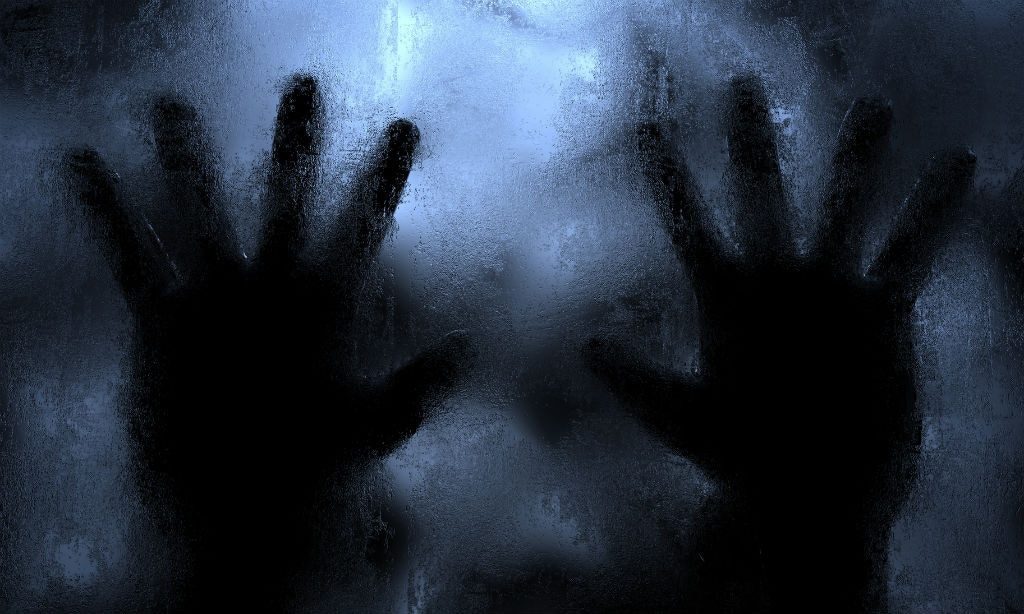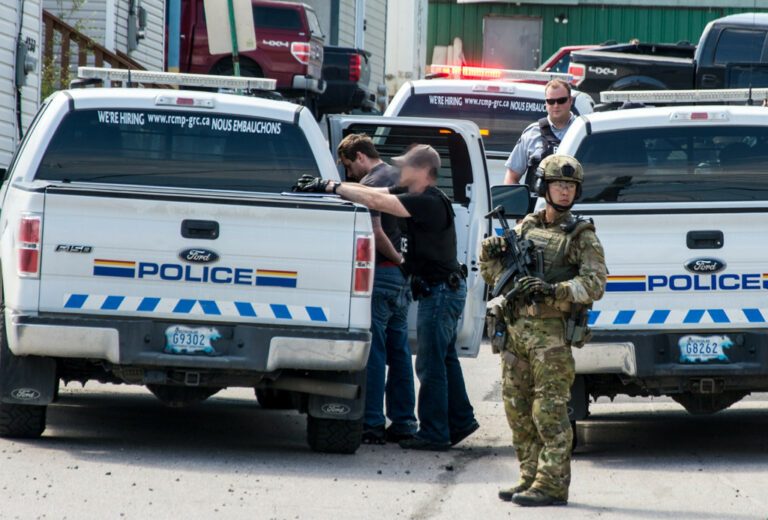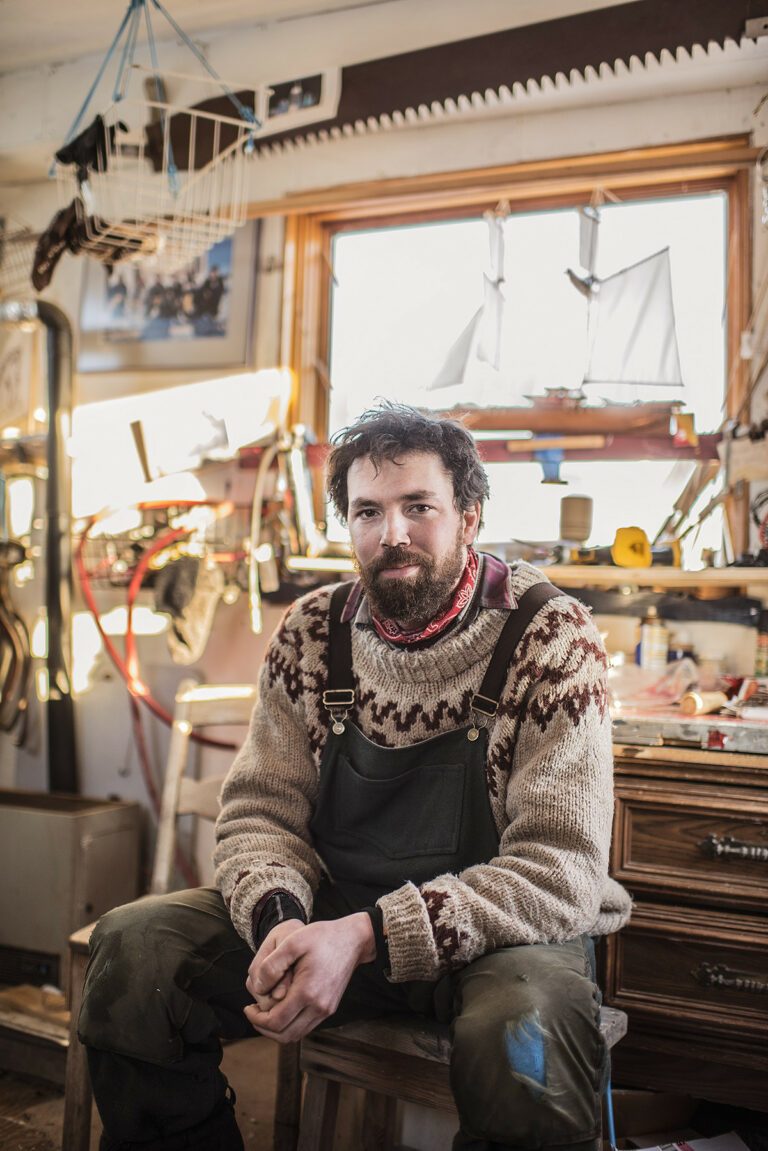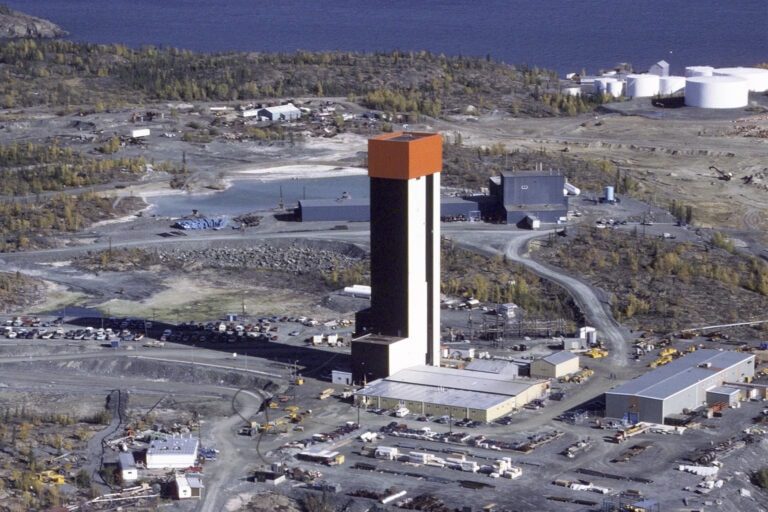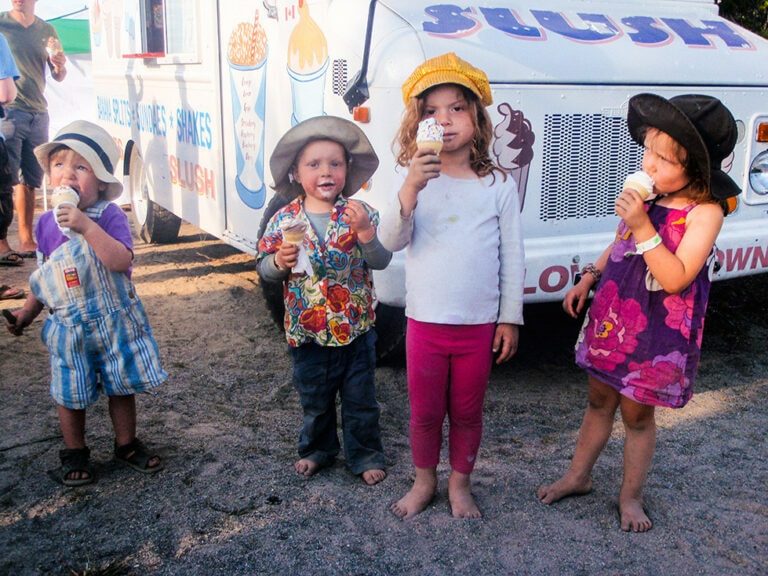Last Friday morning, Raymond Simpson, a 43-year-old man from Gamèti, was found dead in the downtown alley between 48th and 49th street. The cause of death has not been determined, and the results of the autopsy are likely months away. However, several people in the street community told EDGEYK.com that he’d frozen to death, and Simpson certainly would not be the first person in the street community to get caught out in the cold.
According to a 2010 report from the NWT coroner’s service, 28 people froze to death across the territory between 2001 and 2010. Eight of them were in the North Slave area. Since 2010, there have been at least another eight people who have frozen to death in the NWT (the most recent coroners report to be made public was from 2013).
It’s a story many people in the street community know all too well. Just before Christmas, Coreen Simpson, Raymond’s sister, nearly froze to death in Yellowknife and had to spend time in the hospital recovering, according to several people who wished to remain anonymous.
One woman mentioned her friend Patricia Stewart who froze to death last year in Yellowknife. “I don’t want to talk about it though. It’s too hard, and we got our own life to take care of,” she said.
“If you’re drinking or causing trouble you could be abandoned,” she added. “If we get kicked out [of a shelter] we have no choice but to walk all night until the [day] shelter opens. If it’s really cold, we go in the banks and sleep in there. Though, they used to be open all the time, but they close them now.”
There are others who have ended up in hospital because of cold exposure, sometimes needing amputation. Tommy, an older man sitting outside the post office yesterday, has stumps where his hands used to be after trying to crawl home on a freezing winter night. He did not want to talk about the situation, though other media outlets have reported his story.
EDGEYK.com put in a request to the Department of Health and Social Services to speak to emergency room doctors at Stanton about the number of patients they see with cold exposure injuries, but received no response by the time of publication.
Shelter policies
Yellowknife’s two emergency shelters, the Salvation Army men’s shelter and the women’s shelter at the Centre for Northern Families, try to ensure people don’t end up out in the cold. But both places sometimes have to turn people away for the safety of the staff and the other shelter users.
According to Ruth Gillingham, executive director of the Salvation Army Resource Centre, the shelter kicks people out if they’re being overly aggressive, though the shelter calls the RCMP to come pick them up. They also have a blacklist for people who have committed “consistent acts of violence and are a threat to others and it’s been proven,” says Gillingham. These men are only allowed in if they’re sober.
“Some nights nobody gets turned away, some nights one or two get turned away, there’s really no standard,” says Gillingham.
Most of the time people who aren’t on the blacklist but are heavily intoxicated are sent straight to one of the shelter’s rooms set aside for people needing to sober up. However, sometimes the men are asked to “go for a breather, and get yourself under control,” says Gillingham. In these situation the RCMP aren’t always called and there’s nothing in place to insure the intoxicated person will come back to the shelter after their breather.
The policies are similar at the women’s shelter. The shelter doesn’t have a sober-only blacklist, said centre CEO Caroline Cochrane-Johnson, but they do sometimes kick people out if they’re being verbally and physically abusive. If this happen, the shelter calls the RCMP to warn them the woman is back out on the streets. (This happens less frequently than at the men’s shelter, says Cochrane-Johnson, with only one or two people getting kicked out a month.)
The policies are clearly in place to ensure safety, but it does mean the most intoxicated people are not infrequently left walking the streets. Add to this the fact that “consuming alcohol may dull the pain caused by cold temperatures, preventing a person from recognizing that they need help,” according to an RCMP press release from December, and it’s not surprising that 79 percent of the freezing deaths in the NWT between 2001 and 2010 were alcohol-related.
The RCMP tries to pick up the inevitable slack, says Const. Elenore Sturko. Sometimes they take people to the shelter. Other times they bring them to the drunk tank. “If we’re asked for assistance, we do whatever we can to provide that assistance… if they’re intoxicated and unable to care for themselves we’re not going to leave them [outside],” says Sturko. Still there are many back alleys in Yellowknife where someone could fall, and not be found.
Yukon recommendations
People freezing to death is not a problem unique to the NWT. Last December, a 50-year-old woman, Karen Stutzman, was found frozen to death in a Whitehorse trailer park.
According to a report by Yukon chief coroner, Kirsten Macdonald, “Ms. Stutzman was acutely intoxicated with a heavy level of alcohol.”
The report went on to recommend that the Yukon Liquor Commission “develop and implement an ongoing, annual social responsibility initiative which specifically addresses the dangers of consuming alcohol in a cold weather environment and which supports responsible consumption during the cold winter months.”

